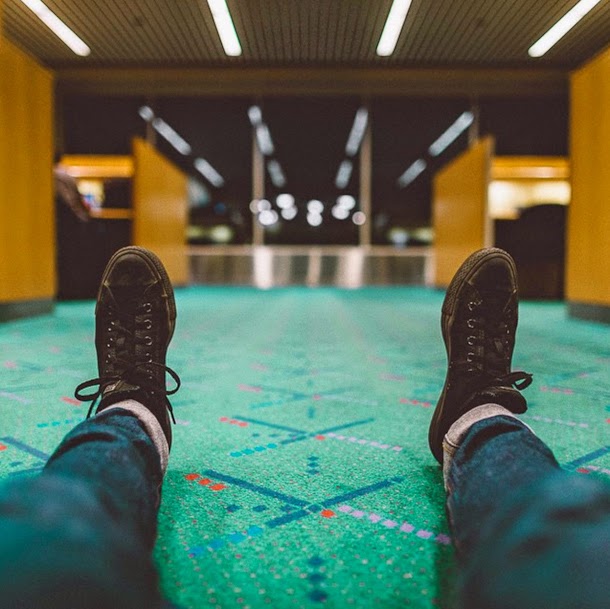The following is a list of types and descriptions of the recliners that we carry, as well as a few examples along with them.
Power recliners are the most famous and loved of the recliners today. They are designed for people who have difficulty adjusting their recliner, so they have an electric motor that helps the person recline and helps lift them out of their chair. They are also great for people suffering medical problems like back pains and arthritis. These recliners also avoid the effort it takes to get comfortable with a mechanical reclining system.
Item #: U74303-98. CL Price: $999.90.
Our Casscoe-Granite power rocker recliner is the definition of sleek and smooth. The padded arms and supportive seating are an additive bonus to a great package.
Zero wall recliners actually move forward when they recline, rather than back into the wall behind them. This makes them the perfect choice for smaller spaces.
Item #: 21201-82. CL Price: $799.90.
This Beamard-Galaxy zero wall power wide recliner gives you plenty of space in the seat while not hitting the wall at all. It featured top-grain leather in the seating areas with matched vinyl everywhere else. Bring a blanket and pillow to cuddle with and a good book to read and you're set for a nice, relaxing evening.
The classic recliner is the classic style that you know and love with the mechanical system to recline the seat.
Model #: 9B14. Fabric #: 22149B. CL Price: $999.
This classic-style recliner may be classic, but it is by no means ordinary. It is known as "The Beast" for a reason. Have an extra large man or woman in your life? This recliner is just for them. It will both comfort that big person in your life and save space at the same time. It breaks down easily for transport and to avoid bulk. Check out this masterpiece chair today!
Rocker recliners can be used as a rocking chair on an arched path (see the arrows below the chair design) when fully upright or recliner when reclined back. They're the best of both worlds.
Item #: 750-05-25. CL Price: $269.
Our Darcy Rocker Recliner rocks! With its comfy pillow-top armrests and a one-pull reclining motion in the handle on the side, this will be sure to make the perfect seat for your living room.
Glider recliners are similar to rocker recliners, except they glide back and forward in a smooth motion on a linear path versus swaying back and forward on an arched one (see the arrows under the chair design).
Item #: 214-04-61. CL Price: $349.
The Mannix Durablend recliner glides softly back and forward, making you feel as if you're floating on a cloud. It also swivels, allowing you to turn wherever the action is without having to get up. Once you sit down, you'll never want to get up.
A swivel recliner has a base that can swivel around in a full circle, while the chair back can recline and the footrest comes up when the back is pushed back. It also has the rocking quality, which makes it a comfortable and soothing option.
Item #: U5093-20-04. CL Price: $999.
This lush Magnus swivel recliner has electric reclining power and acts as a rocker too. You'll never want anything else once you try it.
Comfort plus recliners offer extra padding and/or lumbar support. They're extra soft and comfortable, so if you have achy joints, limbs, or back, these recliners are for you.
Item #: 13903-25. CL Price: $399.90.
This Duraplush recliner is extra soft and cushy for that luxurious relaxed feel that you want when you're laying back in the heart of your own home.
Come on by and see what we have to offer. You won't believe the selection, quality, and price! We also deliver, so don't let distance stop you!
We're open from 9am to 6pm every day. If you have a question, feel free to call and ask! Our home furniture number is: 503-230-7716. Have a great day!










































